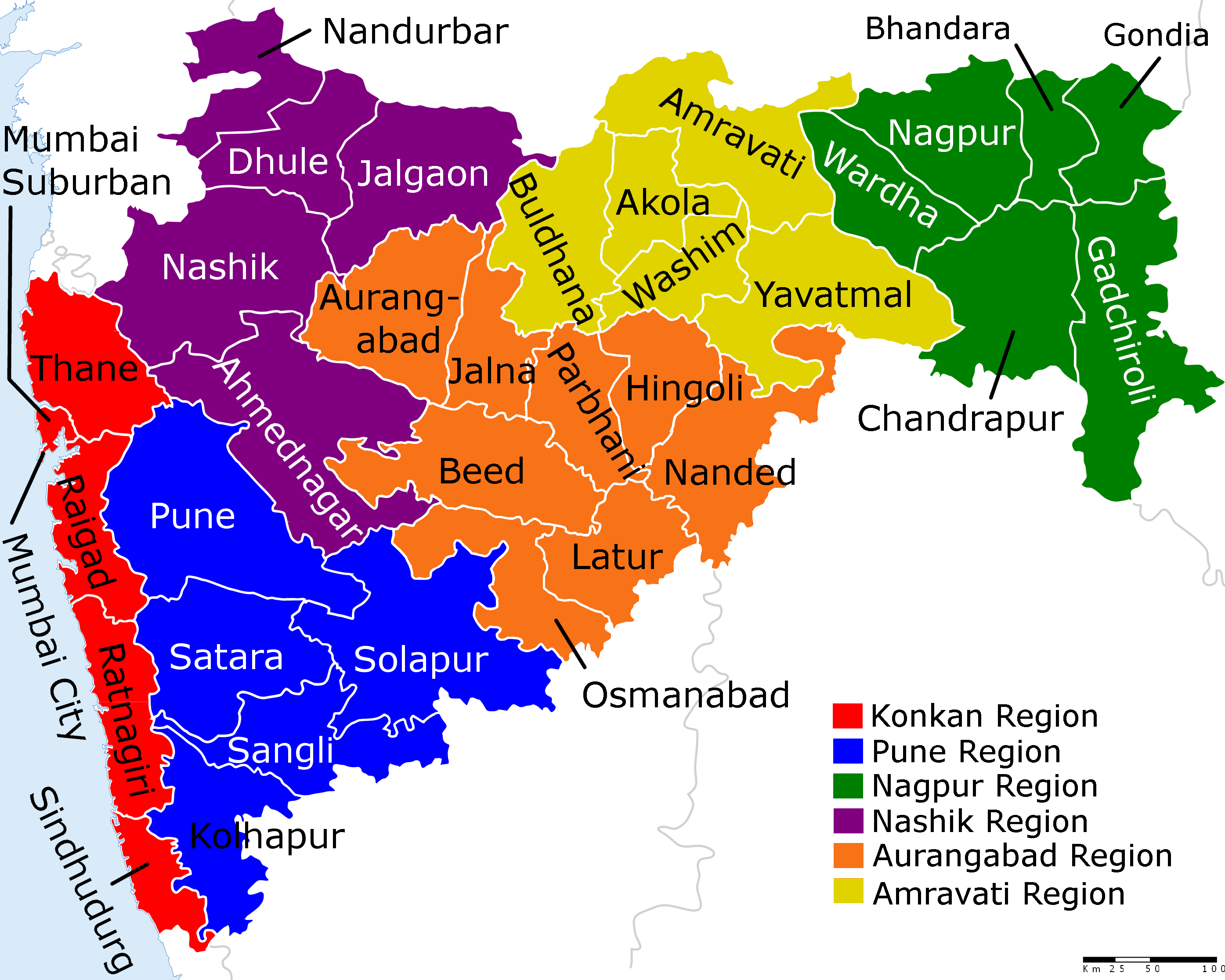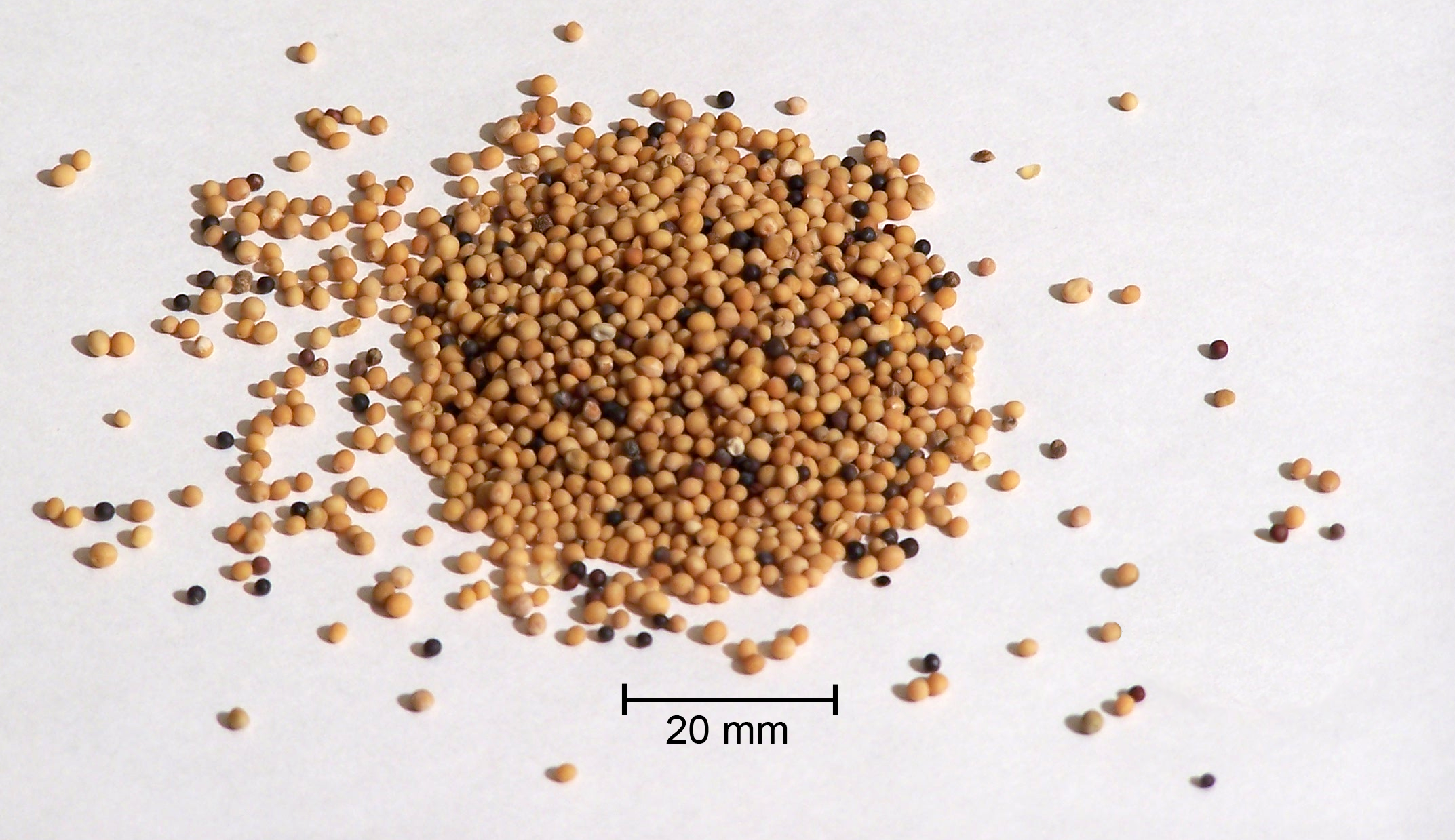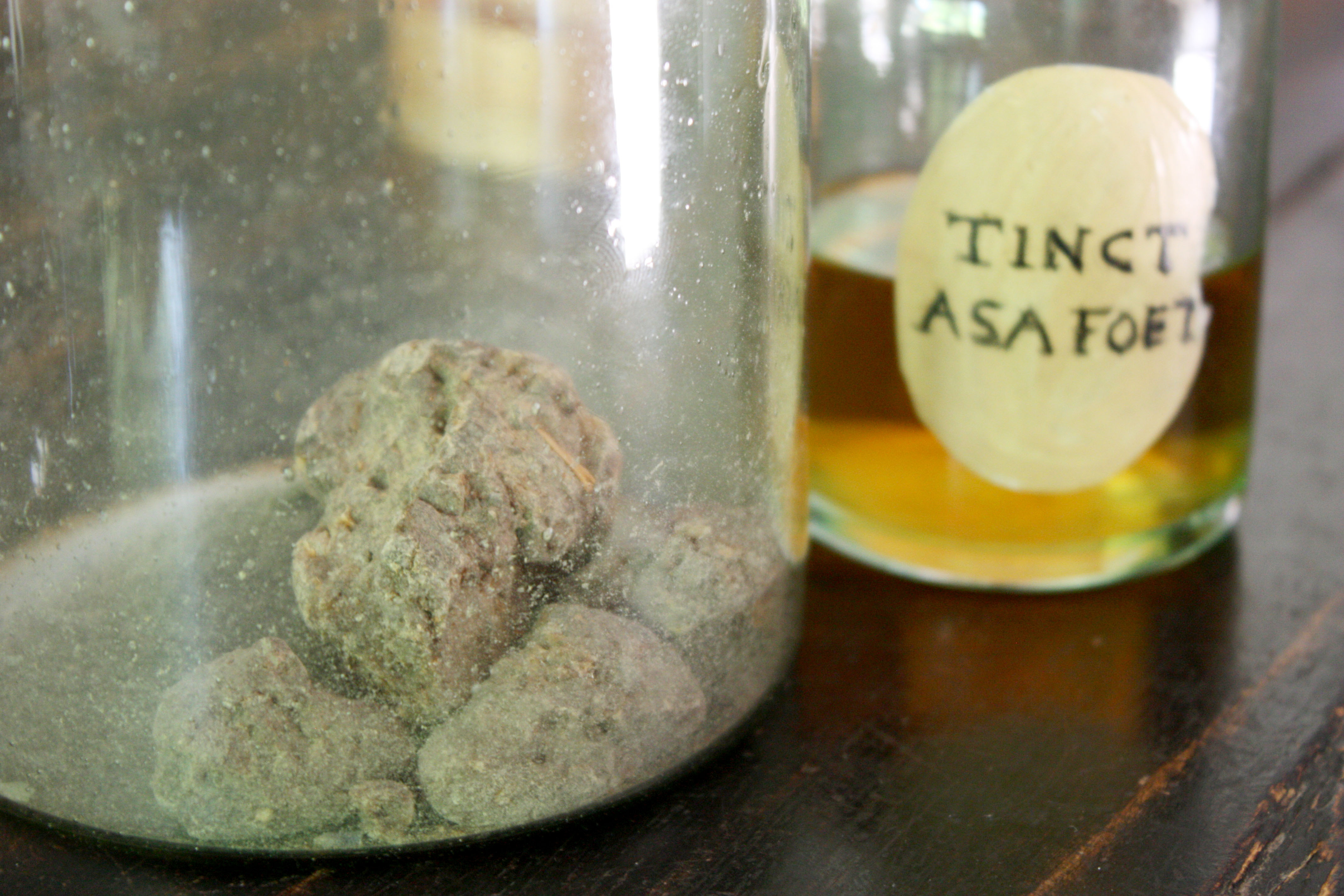|
Batata Vada
Batata vada (, ) is a popular vegetarian fast food dish from the Indian state of Maharashtra. The dish consists of a mashed potato patty coated with chickpea flour, which is then deep-fried and served hot with chutney. The vada is typically around two or three inches in diameter. Across different regions of India, this dish is also known as ''aloo bonda, aloo vada, batata bonda, potato bonda'' and ''potato vada''. Although Maharashtrian in origin, ''batata vada'' has gained popularity in the rest of India as well. Preparation The potato filling and the batter used to coat the filling are the only two components of batata vada. The potatoes are boiled, mashed coarsely and set aside. Seasoning like asafoetida, mustard seeds, chillies, onions and curry leaves are pan-fried with garlic-ginger paste, turmeric and salt, then cooked with the mashed potatoes. A thick batter is made using chickpea flour, seasoned with salt, turmeric and red chilli powder. Sometimes a small quantity o ... [...More Info...] [...Related Items...] OR: [Wikipedia] [Google] [Baidu] |
India
India, officially the Republic of India, is a country in South Asia. It is the List of countries and dependencies by area, seventh-largest country by area; the List of countries by population (United Nations), most populous country since 2023; and, since its independence in 1947, the world's most populous democracy. Bounded by the Indian Ocean on the south, the Arabian Sea on the southwest, and the Bay of Bengal on the southeast, it shares land borders with Pakistan to the west; China, Nepal, and Bhutan to the north; and Bangladesh and Myanmar to the east. In the Indian Ocean, India is near Sri Lanka and the Maldives; its Andaman and Nicobar Islands share a maritime border with Thailand, Myanmar, and Indonesia. Modern humans arrived on the Indian subcontinent from Africa no later than 55,000 years ago., "Y-Chromosome and Mt-DNA data support the colonization of South Asia by modern humans originating in Africa. ... Coalescence dates for most non-European populations averag ... [...More Info...] [...Related Items...] OR: [Wikipedia] [Google] [Baidu] |
Marathi People
The Marathi people (; Marathi language, Marathi: , ''Marāṭhī lōk'') or Marathis (Marathi: मराठी, ''Marāṭhī'') are an Indo-Aryan peoples, Indo-Aryan ethnolinguistic group who are native to Maharashtra in western India. They natively speak Marathi language, Marathi, an Indo-Aryan languages, Indo-Aryan language. Maharashtra was formed as a Marathi-speaking state of India on 1 May 1960, as part of a nationwide linguistic reorganisation of the States and union territories of India, Indian states. The term "Maratha" is generally used by historians to refer to all Marathi-speaking peoples, irrespective of their Caste system in India, caste; However, it may refer to a Maharashtrian caste known as the Maratha (caste), Maratha which also includes farmer sub castes like the Kunbis. The Marathi community came into political prominence in the 17th century, when the Maratha Empire was established by Shivaji in 1674. Etymology According to R. G. Bhandarkar, the term Mara ... [...More Info...] [...Related Items...] OR: [Wikipedia] [Google] [Baidu] |
Maharashtrian Cuisine
Maharashtrian or Marathi cuisine is the cuisine of the Marathi people from the Indian state of Maharashtra. It has distinctive attributes, while sharing much with other Indian cuisines. Traditionally, Maharashtrians have considered their food to be more austere than others. Maharashtrian cuisine includes mild and spicy dishes. Wheat, rice, ''jowar'', ''bajri'', vegetables, lentils and fruit are dietary Staple food, staples. Peanuts and cashews are often served with vegetables. Meat was traditionally used sparsely or only by the well-off until recently, because of economic conditions and culture. The urban population in metropolitan cities of the state has been influenced by cuisine from other parts of India and abroad. For example, the South Indian dishes ''idli'' and ''Dosa (food), dosa'', as well as Indian Chinese cuisine, Chinese and Western dishes such as pizza, are popular in home cooking and in restaurants. Distinctly Maharashtrian dishes include ''ukdiche modak'', , ''kan ... [...More Info...] [...Related Items...] OR: [Wikipedia] [Google] [Baidu] |
Indian Fast Food
The fast food industry in India has evolved with the changing lifestyles of the young Indian population. The variety of gastronomic preferences across the regions, hereditary or acquired, has brought about different modules across the country. Many of the traditional dishes have been adapted to suit the emerging fast food outlets. The basic adaptation is to decrease the processing and serving time. For example, the typical meal which called for being served by an ever-alert attendant is now offered as a Mini-Meal across the counter. In its traditional version, a plate or a banana leaf was first laid down on the floor or table. Several helpers then waited on the diner, doling out different dishes and refilling as they got over in the plate. In the fast-food version, a plate already arranged with a variety of cooked vegetables and curries along with a fixed quantity of rice and Indian flatbreads is handed out across the counter against a prepaid coupon. The curries and breads vary ... [...More Info...] [...Related Items...] OR: [Wikipedia] [Google] [Baidu] |
List Of Indian Dishes
This is a list of Indian dishes. Many of the dishes on this list are made all across India. Indian cuisine encompasses a wide variety of regional cuisine native to India. Given the range of diversity in soil type, climate and occupations, these cuisines vary significantly from each other and use locally available ingredients such as: herbs, vegetables and fruits. The dishes are then served according to taste in either mild, medium or hot. Indian food is also heavily influenced by religious and cultural choices. Some Indian dishes are common in more than one region of India, with many vegetarian and vegan dishes. Some ingredients commonly found in Indian dishes include: rice, wheat, ginger, garlic, green chillies and spices. North-East India The North-East of India includes Assam, Manipur, Meghalaya, Mizoram, Nagaland, Sikkim, Tripura and Arunachal Pradesh. North India South India West India East India Unsorted * Bread pakora * Dhoper chop * Karela nu shak See a ... [...More Info...] [...Related Items...] OR: [Wikipedia] [Google] [Baidu] |
Vadapav
Vada pav, alternatively spelt wada pao, is a vegetarian fast food dish native to the Indian state of Maharashtra. The dish consists of a deep-fried potato dumpling placed inside a bread bun (''pav'') sliced almost in half through the middle. It is generally accompanied with one or more chutneys and a green chili pepper. Although it originated as an affordable street food in Mumbai, it is now served in food stalls and restaurants across India. It is also called Bombay burger in keeping with its origins and its resemblance in physical form to a burger. The most famous snack in Mumbai, vada pav is claimed to be a part of the culture of Mumbaikars. Etymology ''Batata vada'' in Marathi literally means "potato fritter". It is a combination of the word for "potato" (''batata'') and '' vada'', a type of fried savoury snack. ''Pav'' is a derivative of the Portuguese word ''pão'', which means bread. History The most common theory of the vada pav's origin is that it was invented in ... [...More Info...] [...Related Items...] OR: [Wikipedia] [Google] [Baidu] |
Vada Pav
Vada pav, alternatively spelt wada pao, is a vegetarian fast food dish native to the Indian state of Maharashtra. The dish consists of a deep-fried potato dumpling placed inside a bread bun (''pav'') sliced almost in half through the middle. It is generally accompanied with one or more chutneys and a green chili pepper. Although it originated as an affordable street food in Mumbai, it is now served in food stalls and restaurants across India. It is also called Bombay burger in keeping with its origins and its resemblance in physical form to a burger. The most famous snack in Mumbai, vada pav is claimed to be a part of the culture of Mumbaikars. Etymology '' Batata vada'' in Marathi literally means "potato fritter". It is a combination of the word for "potato" (''batata'') and '' vada'', a type of fried savoury snack. ''Pav'' is a derivative of the Portuguese word ''pão'', which means bread. History The most common theory of the vada pav's origin is that it was invent ... [...More Info...] [...Related Items...] OR: [Wikipedia] [Google] [Baidu] |
Faboideae
The Faboideae are a subfamily of the flowering plant family Fabaceae or Leguminosae. An acceptable alternative name for the subfamily is Papilionoideae, or Papilionaceae when this group of plants is treated as a family. This subfamily is widely distributed, and members are adapted to a wide variety of environments. Faboideae may be trees, shrubs, or herbaceous plants. Members include the pea, the sweet pea, the laburnum, and other legumes. The pea-shaped flowers are characteristic of the Faboideae subfamily and root nodulation is very common. Genera The type genus, ''Faba'', is a synonym of ''Vicia'', and is listed here as ''Vicia''. *'' Abrus'' *'' Acmispon'' *'' Acosmium'' *'' Adenocarpus'' *'' Adenodolichos'' *'' Adesmia'' *'' Aenictophyton'' *'' Aeschynomene'' *'' Afgekia'' *'' Aganope'' *'' Airyantha'' *'' Aldina'' *'' Alexa'' *'' Alhagi'' *'' Alistilus'' *'' Almaleea'' *'' Alysicarpus'' *'' Amburana'' *'' Amicia'' *'' Ammodendron'' *'' Ammopiptanthus'' *'' Ammot ... [...More Info...] [...Related Items...] OR: [Wikipedia] [Google] [Baidu] |
Turmeric
Turmeric (), or ''Curcuma longa'' (), is a flowering plant in the ginger family Zingiberaceae. It is a perennial, rhizomatous, herbaceous plant native to the Indian subcontinent and Southeast Asia that requires temperatures between and high annual rainfall to thrive. Plants are gathered each year for their rhizomes, some for propagation in the following season and some for consumption or dyeing. The rhizomes can be used fresh, but they are often boiled in water and dried, after which they are ground into a deep orange-yellow shelf-stable spice powder commonly used as a coloring and flavoring agent in many Asian cuisines, especially for curries ( curry powder). Turmeric powder has a warm, bitter, black pepper-like flavor and earthy, mustard-like aroma. Although long used in Ayurvedic medicine, there is no high-quality clinical evidence that consuming turmeric or the principal turmeric constituent, curcumin, is effective for treating any disease. Curcumin, a bright ye ... [...More Info...] [...Related Items...] OR: [Wikipedia] [Google] [Baidu] |
Mustard Seed
Mustard seeds are the small round seeds of various mustard plants. The seeds are usually about in diameter and may be colored from yellowish white to black. They are an important spice in many regional foods and may come from one of three different plants: black mustard ('' Brassica nigra''), brown mustard ('' B. juncea''), or white mustard ('' Sinapis alba''). Grinding and mixing the seeds with water, vinegar or other liquids creates the yellow condiment known as mustard. Cultivation Mustard seeds generally take eight to ten days to germinate if placed under the proper conditions, which include a cold atmosphere and relatively moist soil. Mature mustard plants grow into shrubs. Yellow mustard has a plant maturity of 85 to 90 days; whereas, brown and oriental mustard have a plant maturity of 90 to 95 days. If the temperature conditions are conducive to growth, a mustard plant will begin to bud five weeks after the seedlings have appeared. The plant will reach full bloo ... [...More Info...] [...Related Items...] OR: [Wikipedia] [Google] [Baidu] |
Asafoetida
Asafoetida (; also spelled asafetida) is the dried latex (Natural gum, gum oleoresin) exuded from the rhizome or tap root of several species of ''Ferula'', perennial herbs of the carrot family. It is produced in Iran, Afghanistan, Central Asia, southern India and Northwest China (Xinjiang). Different regions have different botanical sources. Asafoetida has a Pungency, pungent smell, as reflected in its name, lending it the common name of "stinking gum". The odour dissipates upon cooking; in cooked dishes, it delivers a smooth flavour reminiscent of leeks or other onion relatives. Asafoetida is also known colloquially as "devil's dung" in English (and similar expressions in many other languages). Etymology and other names The English language, English name is derived from ''asa'', a Romanization, Latinised form of Persian language, Persian 'mastic (plant resin), mastic', and Latin 'stinky'. Other names include, with its pungent odour having resulted in many unpleasant na ... [...More Info...] [...Related Items...] OR: [Wikipedia] [Google] [Baidu] |
Mumbai Batata Vada
Mumbai ( ; ), also known as Bombay ( ; its official name until 1995), is the capital city of the Indian state of Maharashtra. Mumbai is the financial capital and the most populous city proper of India with an estimated population of 12.5 million (1.25 crore). Mumbai is the centre of the Mumbai Metropolitan Region, the seventh-most populous metropolitan area in the world with a population of over 23 million (2.3 crore). Mumbai lies on the Konkan coast on the west coast of India and has a deep natural harbour. In 2008, Mumbai was named an alpha world city. Mumbai has the highest number of billionaires out of any city in Asia. The seven islands that constitute Mumbai were earlier home to communities of Marathi language-speaking Koli people. For centuries, the seven islands of Bombay were under the control of successive indigenous rulers before being ceded to the Portuguese Empire, and subsequently to the East India Company in 1661, as part of the dowry of ... [...More Info...] [...Related Items...] OR: [Wikipedia] [Google] [Baidu] |





